The Ultimate Guide to Disc Golf Rangefinders
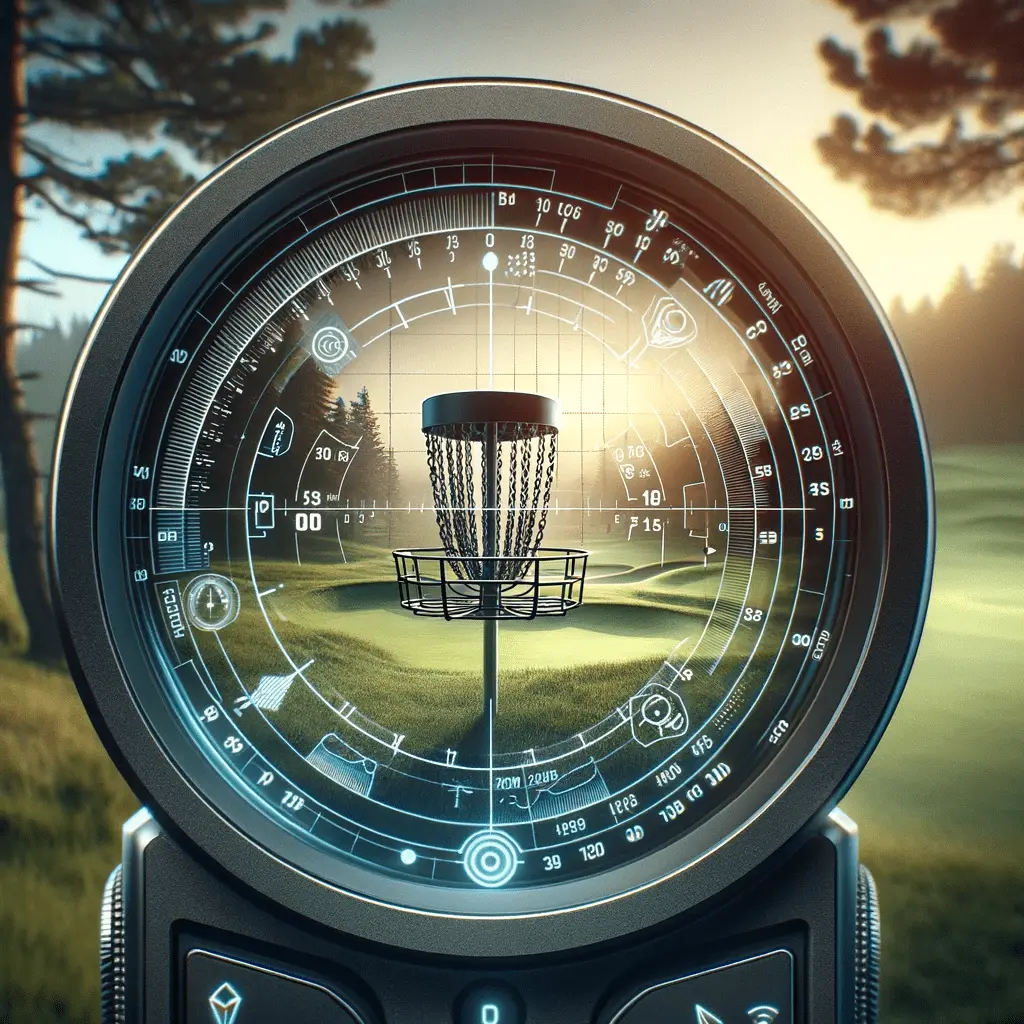
Published: 1/14/2024
Disc golf rangefinders have become an indispensable tool for players seeking precision and strategy enhancement in their game. This guide delves into the essentials of choosing and using a disc golf rangefinder, tailored to elevate your gameplay. From understanding key features to practical tips for on-course application, we'll cover everything you need to know to make an informed decision and improve your performance.
Rangefinders in disc golf vary significantly in features and capabilities. Whether you're a beginner aiming to refine your distance judgment or a seasoned player looking to gain a competitive edge, the right rangefinder can be a game-changer. We'll explore various models, discuss their unique benefits, and provide insights into how to integrate these tools seamlessly into your disc golf routine.
Stay ahead in your game by choosing a rangefinder that not only measures distance but also enhances your understanding of the course. For an introduction to the world of disc golf rangefinders, consider reading DiscNerds' comprehensive review of the Bushnell Edge Disc Golf Rangefinder, which offers an in-depth look at one of the top models available.
Why Use a Rangefinder in Disc Golf?
Rangefinders bring a new level of accuracy to your game. By providing exact distances to the basket, obstacles, and notable course features, they help in making informed decisions about disc selection and throwing strategies. This precision is particularly beneficial in unfamiliar courses or in competitive scenarios where every throw counts.
The Evolution of Rangefinders in Disc Golf
Initially, rangefinders were simple, manual devices. Today, they've evolved into sophisticated gadgets equipped with features like slope calculations, wind speed measurements, and even GPS functionality. This evolution has made them an invaluable tool for both amateur and professional disc golfers.
In the next section, we'll delve into the key features to consider when choosing a rangefinder for your disc golf needs.
Key Features to Consider in a Disc Golf Rangefinder
When venturing into the world of disc golf rangefinders, understanding the key features that make a rangefinder effective is crucial. These features not only enhance the accuracy of your game but also contribute to a more enjoyable and efficient disc golf experience.
Accuracy and Range: The primary function of a rangefinder is to measure distances accurately. Look for rangefinders that offer a high degree of precision, typically within plus or minus one yard. The range is also important - a good rangefinder should be able to measure long distances, sufficient to cover the longest holes on a disc golf course.
Magnification and Quality of Optics: Magnification helps in clearly seeing distant targets, which is essential in disc golf for identifying basket locations and understanding course layout. A rangefinder with superior optics and higher magnification will provide clearer and more detailed views. Generally, a magnification of 4x to 6x is adequate for disc golf.
Size and Portability: Since disc golf involves a lot of movement and travel across courses, a rangefinder should be compact and lightweight. It should easily fit in a disc golf bag or be comfortably carried without adding significant weight or bulk.
Durability and Weather Resistance: Disc golf is an outdoor sport that often exposes equipment to various weather conditions. A good rangefinder should be durable and able to withstand these elements. Look for features like water resistance or waterproofing, as well as a robust construction that can handle occasional drops or bumps.
Battery Life: Long battery life is essential for a rangefinder, especially during extended rounds or tournaments. Devices with longer battery life or power-saving features ensure that you won't be left without functionality when you need it most.
Ease of Use: The rangefinder should have an intuitive interface, making it easy to use even for beginners. Features like a clear display, simple button configuration, and easy-to-navigate menus enhance the user experience. Quick and straightforward measurements are crucial, especially in fast-paced game settings.
Additional Features: Modern rangefinders come with various additional features that can be beneficial for disc golf. These might include slope measurements, which take into account the elevation changes of a course, or even GPS functionality for mapping out courses. Some rangefinders also offer vibration or sound feedback when locking onto a target, adding to the ease of use.
Price and Value: Finally, consider the price and the value you get for it. While more expensive rangefinders often offer more features and better quality, there are also budget-friendly options that provide good functionality and value. Assess your level of play and how often you will use the rangefinder to determine the best investment for your needs.
For a practical example of these features in action, check out DiscNerds' review of the REVASRI Disc Golf Rangefinder, which highlights how specific functionalities can enhance your disc golf experience. Additionally, external resources like Ultiworld Disc Golf often provide valuable insights into the latest equipment and technology in the sport.
Effective Usage of Rangefinders in Disc Golf
Mastering the use of a disc golf rangefinder can significantly elevate your performance on the course. Here are some practical tips for integrating a rangefinder into your disc golf routine:
-
Pre-Game Course Analysis: Before starting your round, use the rangefinder to get a lay of the land. Measure distances to key features like baskets, obstacles, and elevation changes. This pre-game analysis helps in strategizing your throws and choosing the right discs for each shot.
-
Adjusting for Elevation: If your rangefinder includes slope or elevation change features, use them to adjust your throwing strategy. Understanding how elevation affects your throws is crucial, especially on hilly courses.
-
Continuous Scanning for Dynamic Play: Utilize the continuous scanning feature, if available, to get real-time distance readings as you move around the course. This is particularly useful in quickly changing game situations or when playing on unfamiliar courses.
-
Tracking and Improving Your Throws: Regularly use your rangefinder during practice to track the distances of your throws. This data can be invaluable in understanding your strengths and areas for improvement, helping you refine your technique over time.
-
Learning from Each Round: After each game, reflect on how your distance estimations compared to the rangefinder's measurements. This practice will improve your ability to judge distances accurately, even without the device.
For insights on effective rangefinder usage in different scenarios, explore articles like DiscNerds' review of the Rogue Iron Factor Disc Golf Rangefinder. Additionally, forums like Disc Golf Course Review offer community-driven advice and experiences that can further enhance your understanding and skills.
By incorporating these practices into your routine, you'll not only become proficient in using a rangefinder but also develop a deeper understanding of disc golf dynamics, leading to more strategic play and improved performance.
Comparing Popular Disc Golf Rangefinder Models
Choosing the right disc golf rangefinder often involves comparing various models to find the one that best suits your needs. Here's a look at some popular rangefinders in the market, highlighting their unique features and how they cater to different aspects of disc golf play:
-
Bushnell Edge Disc Golf Rangefinder: Known for its precision, the Bushnell Edge is a favorite among players who value accuracy. It features innovative Z-mode technology for elevation reading, making it ideal for courses with varied terrain. Read more about the Bushnell Edge.
-
REVASRI Disc Golf Rangefinder: This model stands out for its multifunctional capabilities, including various measurement modes and a design that caters to both beginners and seasoned players. Its balance of features and affordability makes it a popular choice. Explore the REVASRI Rangefinder's features.
-
Rogue Iron Factor Disc Golf Rangefinder: The Rogue Iron Factor is praised for its user-friendly interface and continuous scanning feature, which is great for dynamic play. It's a solid choice for players who appreciate a blend of functionality and ease of use. Delve into the Rogue Iron Factor review.
Each of these models offers something unique, whether it's advanced technological features, user-friendliness, or a balance of performance and price. When choosing a rangefinder, consider how its features align with your playing style and what aspects of the game you wish to enhance.
For additional insights and comparisons, visiting external resources like PDGA's equipment standards can provide broader perspectives on the latest disc golf technology.
Integrating Rangefinders into Disc Golf Practice
Incorporating a rangefinder into your disc golf practice can bring a new dimension to your training. Here's how to effectively use this tool to enhance your skills:
-
Distance Measurement for Disc Selection: Use the rangefinder to measure the distance to your target during practice. This helps in choosing the right disc for each specific distance, improving your disc selection skills over time.
-
Course Familiarization: Regularly use your rangefinder while practicing on different courses. This will help you become familiar with various course layouts and develop strategies for each type of hole.
-
Improving Accuracy: By consistently measuring the distance of your throws, you can track your progress and work on improving your accuracy. This is especially useful for practicing your approach shots and putting.
-
Understanding Wind and Elevation Effects: Use the rangefinder to understand how wind direction and elevation changes affect your throws. This knowledge is invaluable for adapting your play to different environmental conditions.
-
Setting Practice Goals: Set specific distance goals during your practice sessions. For example, aim to consistently land your drives within a certain range of the basket. The rangefinder will provide you with precise feedback on your performance.
For more tips on integrating rangefinders or other gear into your practice, consider viewing DiscNerds' insights on disc golf accessories. Additionally, resources like Disc Golf Network offer instructional content that can complement your training with a rangefinder.
Final Thoughts and Recommendations
As we conclude our guide on choosing and using disc golf rangefinders, here are some final thoughts and recommendations to keep in mind:
-
Selecting the Right Model: Choose a rangefinder that aligns with your specific needs and playing style. Whether you prioritize accuracy, ease of use, or advanced features, there's a rangefinder out there that's perfect for you.
-
Practice Makes Perfect: Regular practice with your rangefinder will not only improve your ability to estimate distances but also enhance your overall game strategy. The more you use it, the more intuitive it will become.
-
Stay Informed: The world of disc golf technology is constantly evolving. Keep yourself updated with the latest rangefinder models and features. Websites like DiscNerds regularly review and discuss the newest equipment in the market.
-
Community Engagement: Engage with the disc golf community to learn from others' experiences. Forums and social media groups can be great resources for tips and advice on rangefinder usage.
-
Invest in Your Game: Remember, a rangefinder is an investment in your disc golf journey. It's a tool that can significantly contribute to your growth and enjoyment of the sport.
For additional resources and insights into disc golf techniques and equipment, Disc Golf Association offers a wealth of information, including tips, course directories, and the latest news in the sport.
Embrace the journey of mastering distance in disc golf, and let your rangefinder be a key part
Similar Posts
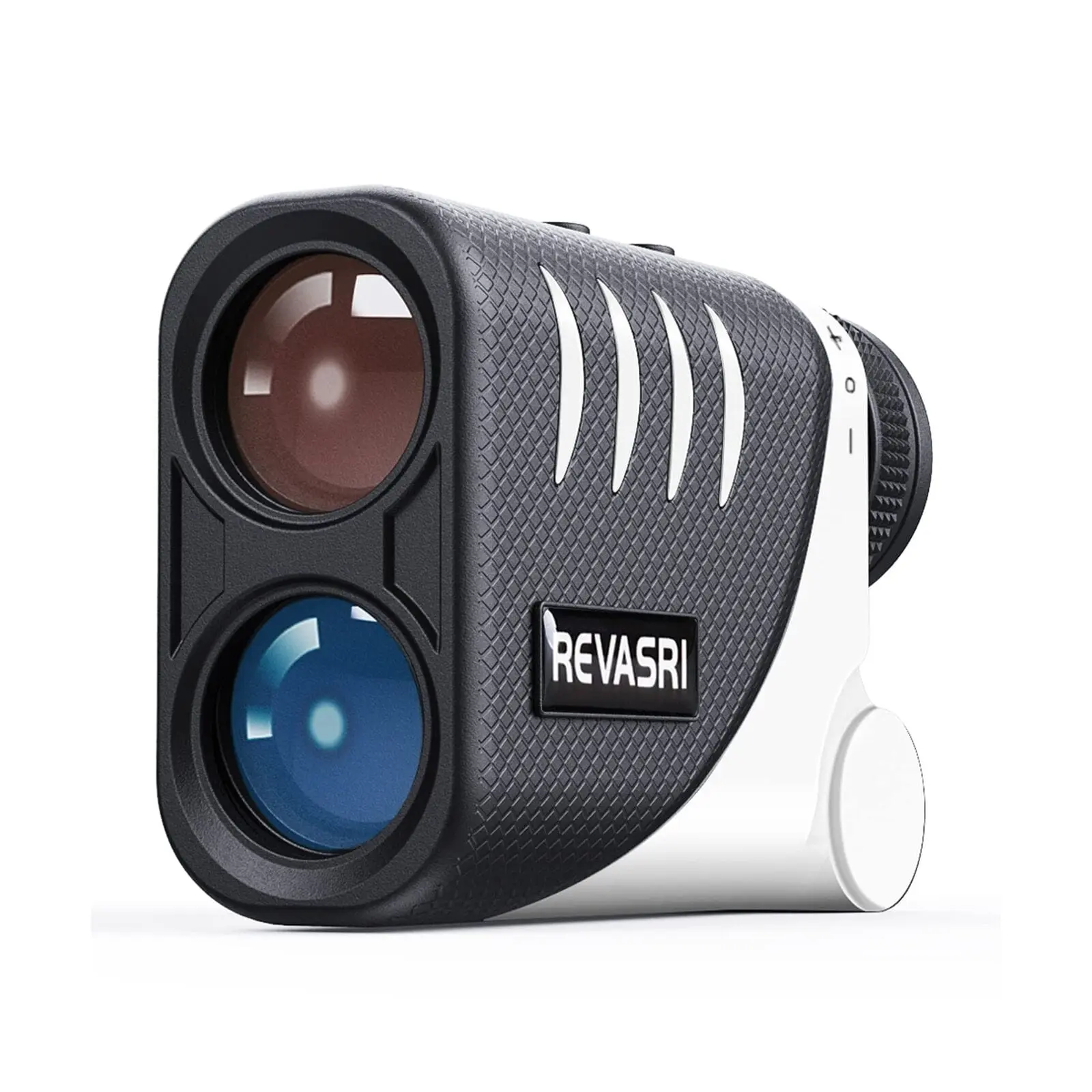
Before You Buy: The Pros and Cons of the REVASRI Disc Golf Rangefinder
Published:
1 year ago

A Closer Look: Reviewing the Rogue Iron Factor Disc Golf Rangefinder
Published:
2 years ago
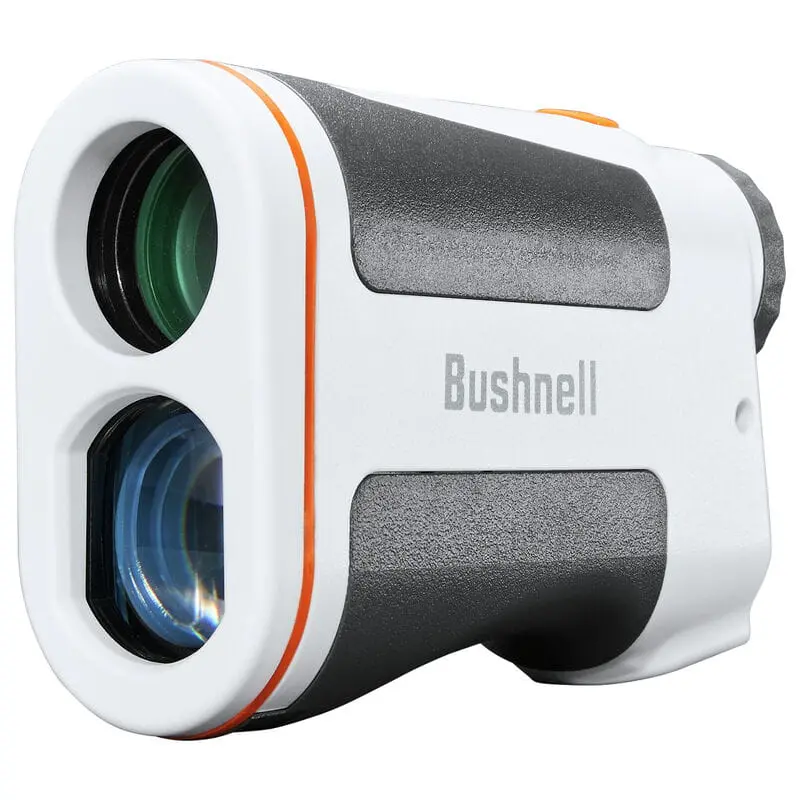
Bushnell Edge Disc Golf Rangefinder: A Comprehensive Review on Its Unique Features
Published:
2 years ago
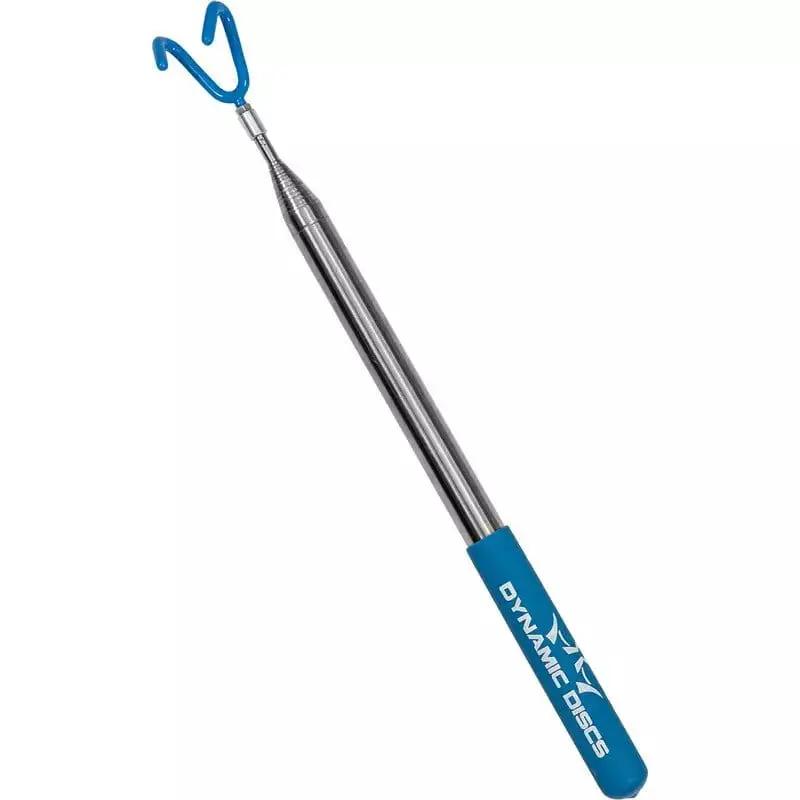
Dynamic Discs Retriever: In-Depth Review & Benefits
Published:
2 years ago

The Ultimate Disc Golf Accessories for Every Player
Published:
2 years ago
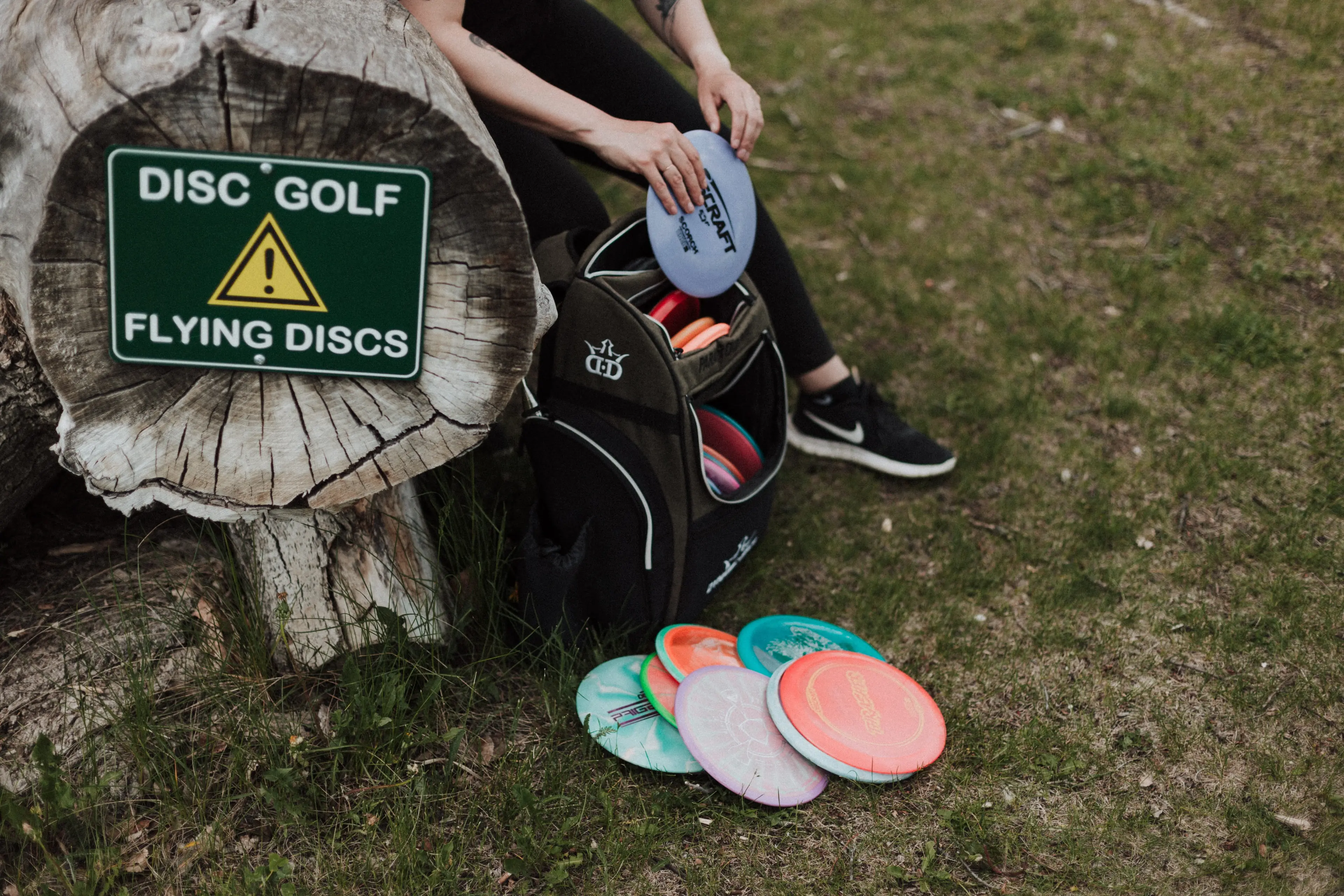
Mastering Your Game: The Role of Disc Golf Accessories
Published:
2 years ago